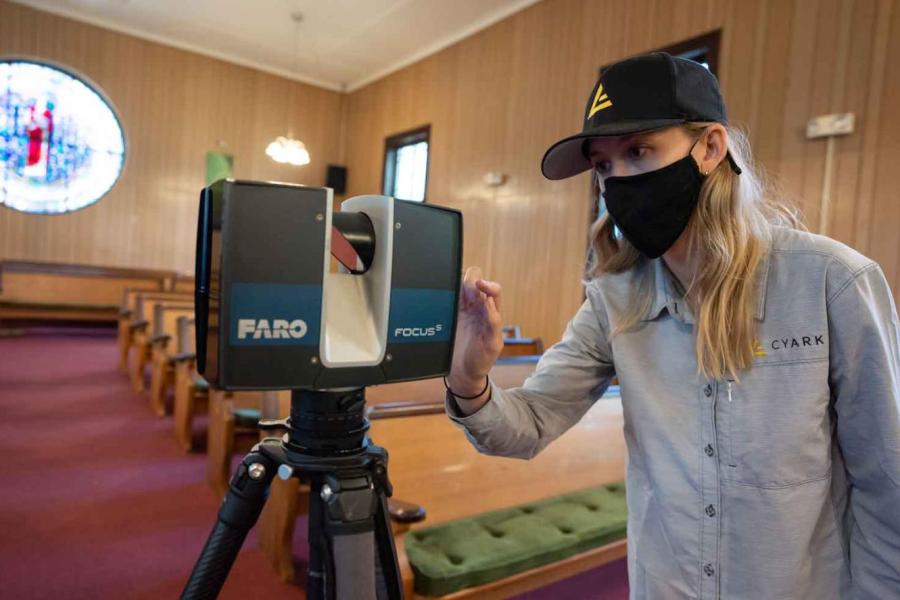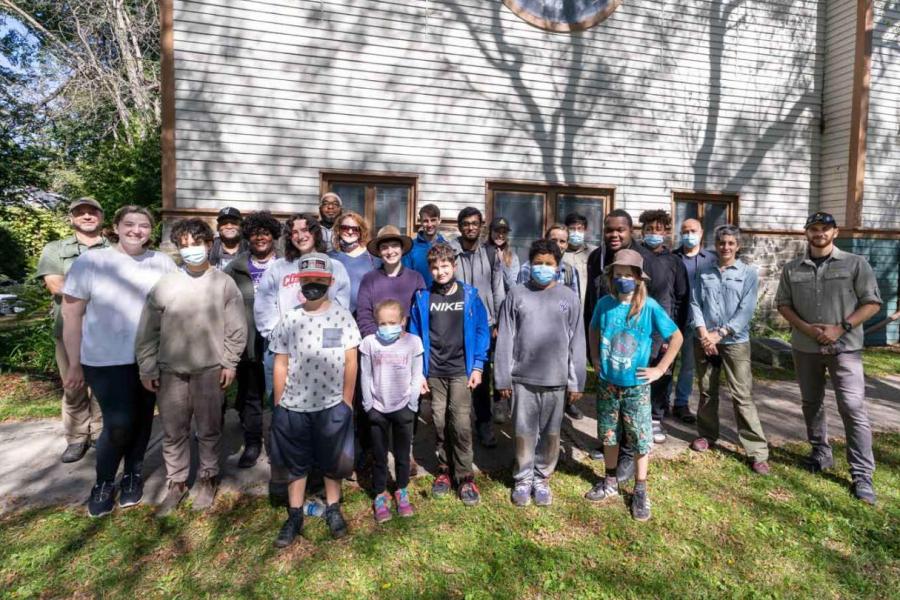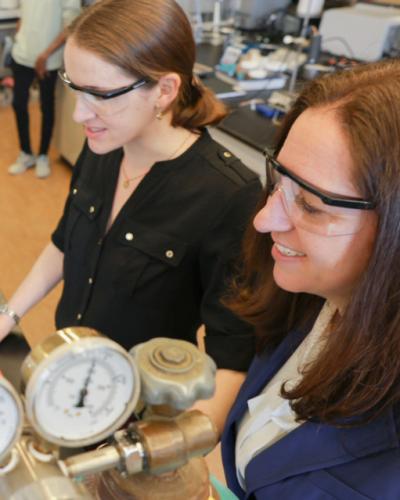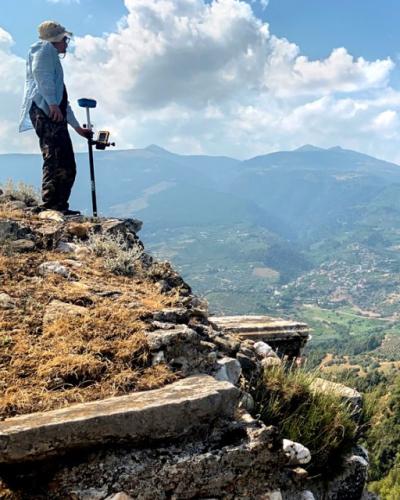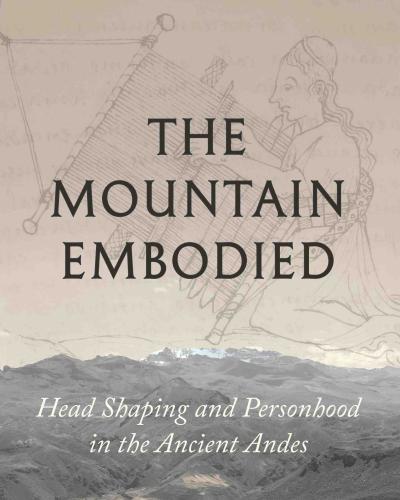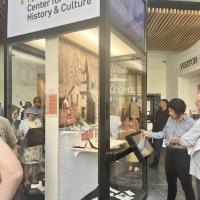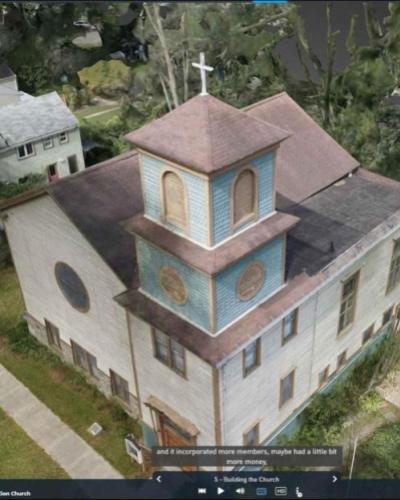A host of people working on an Underground Railroad archaeological dig at St. James A.M.E. Zion Church in Ithaca celebrated the release of a 3-D video model of the church and its history in the Underground Railroad movement on March 25.
The model, created by CyArk, an Oakland, Calif.-based, non-profit organization that specializes in the digital preservation of historic sites, offers a 3-D model of the church, as well as a virtual tour of the site. That tour focuses on the building, its foundation, the archaeological excavation underway, a Civil War monument on the church site, the Underground Railroad history of the church and the growth of the congregation. It even includes audio recordings of the church’s bell and the congregation singing.
“Our work is about empowering connections to historic places. Since the pandemic, there’s been even more interest in finding ways to access these places in times when people can’t travel,” said Elizabeth Lee, CyArk vice president for programs and development. “We’ve been looking at doing work with sites related to the Underground Railroad. We hope this is the beginning of a series of projects that look at that topic.”
Videos feature Rev. Terrance King, pastor of St. James; other members of the congregation and Cornell faculty involved in the project. The site also includes a page of resources to learn more about the church and the history of the Underground Railroad.
The model is one of several initiatives of Cornell’s Underground Railroad Research Project, directed by Gerard Aching, professor of Africana and Romance Studies in the College of Arts & Sciences and supported in part by a Fowkes Family New Frontier Grant from A&S. Students in the Milstein Program in Technology and Humanity also helped create a companion website, “Voices on the Underground Railroad,” that includes actors reading the students’ fiction and a map and photos of the historic sites.
“This range from documentation to oral history coming from the congregation is very significant because the most important contemporary scholars of the Underground Railroad have called for us to pay more attention to the memories that Black churches contain and transmit intergenerationally,” Aching said. “In other words, attention to this range in storytelling partially compensates for the expected inadequacy of historical archives on the UR's clandestine activities and involvement in civil disobedience.”

